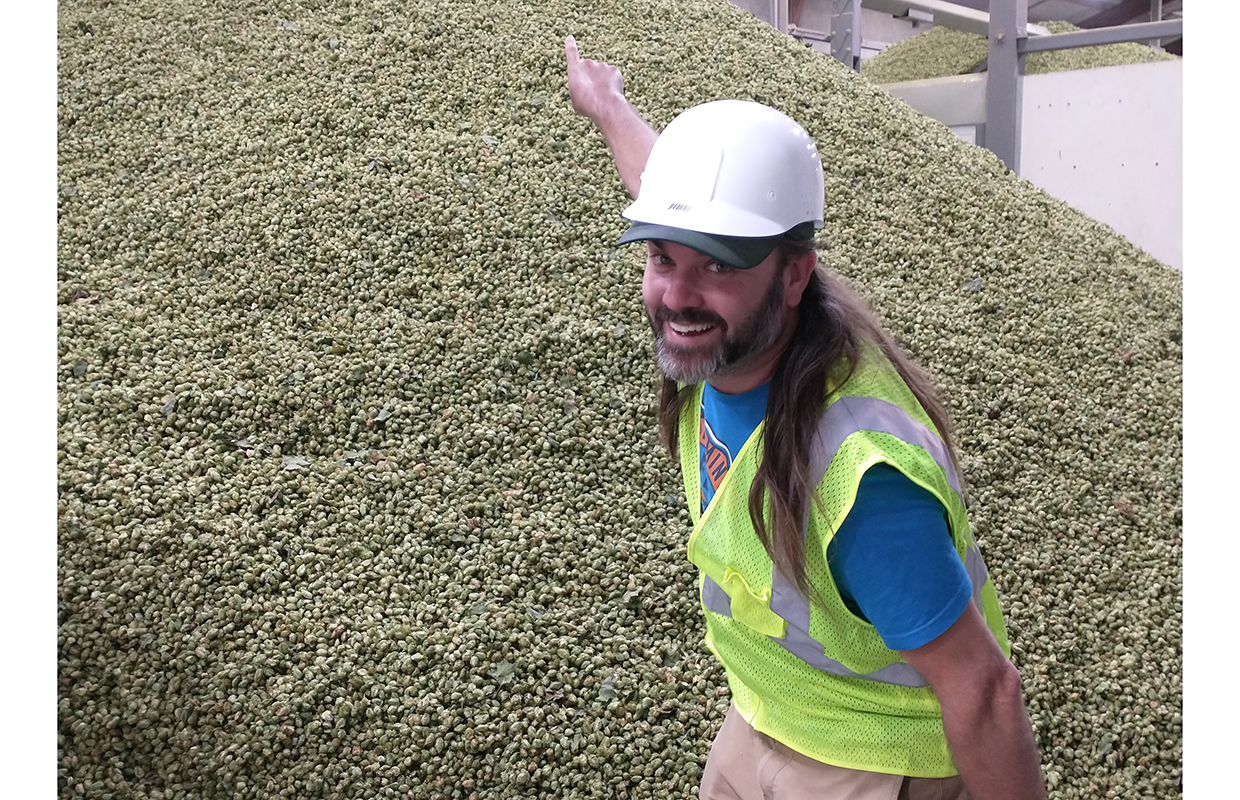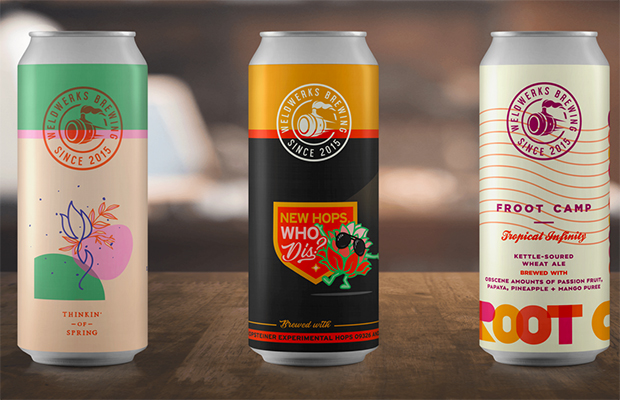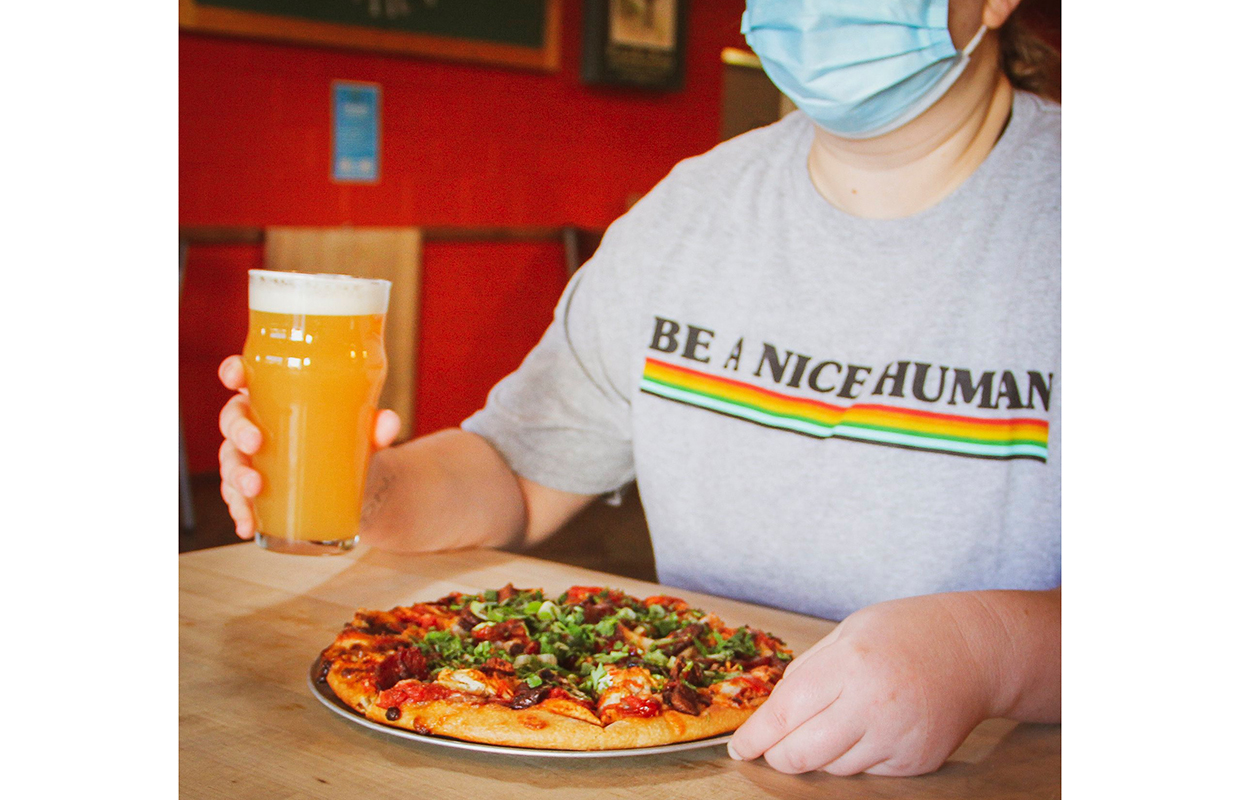
The important thing in hop contracting is to watch for red flags when looking to enter agreements into contracting any hop. In the July/August issue of Brewer, we delve into hop contracting tips and a multitude of brewery members shared insights into it. To continue that discussion was what breweries looking to contract for the first time should look for.
No matter what you do, it’s really making sure that you are contracting with hops that you know you’re going to want to use in the future and know what your customers are going to expect from you.
“Flavors and profiles in beer have changed,” pointed out Andrew Zach, Director of Operations for Resurgence Brewing. “Have an understanding of that and always read your contract. If you have something or see there’s some language in your contract that you don’t like, I always mark it up in red and send it back to them to update and approve. Sometimes they will and sometimes they won’t. But no matter what, it’s always worth trying.
“You are signing up for sometimes a lot of money. And so you want to make sure that you’re basically setting up your business for success for the future and not to be tied down and stuck with a certain variety of hops for a beer that you no longer make anymore.”
Every hop contract is different, said Jack’s Abby co-founder Jack Hendler.
“Some contracts provide more or less storage time, payment structures, or shipping minimums for example,” he said when asked what to look for in each contract. “Depending on your requirements, some may be more important than others.”
One of the things that a lot of brewers struggle with the first time they select is they don’t know what they’re looking for, said Pinthouse Brewing’s Joe Mohrfeld.
“I think there’s this romantic view of hop selection where you get to go rub hops out in Yakima, or the Willamette Valley for the first time. You’re that chef that’s rubbing those spices or tasting those vegetables and everything. But then it has to translate into the beer. And some varieties are easier to understand that some varieties are harder to understand that.”
What he suggests is really understanding what you’re working with now and getting a sense of what that’s doing in your beer.
“Until you have that figured out, you’re not going to understand how to proactively choose what you want,” he said.
No matter how long you do it, everybody struggles with some varieties more than others in getting it right. For Pinthouse, Mohrfeld said, it’s Mosaic, but they know the Simcoe they want year after year.
“Until you understand what you’re selecting, or even what you’re using now just buying from a broker. Again, that’s going back and getting the data,” he said. “If we buy something directly from them, you always ask, ‘Can I get the lot and all the analytics, can I get the actual harvest date?’ so that I can have all that catalog. When we’re going to select if we liked it, we can use some of those metrics moving forward.
“We’re doing that right now with Nelson Sauvin a lot. We work with three different brokers on that hop. And we’re trying to get a little bit in of each, especially because their fields are so small over there, that we’re trying to understand on the rub, what it’s doing in our beers because that hop interacts so differently than so many others. So we’re trying to teach ourselves through trial and error, what are we really looking for when we select these?”
COOP Ale Works Head Brewer Blake Jarolim said they have found it helpful to simply ask the supplier if a particular variety is looking soft or not each year.
“They have such a good pulse about what is tight and what isn’t in their portfolio, it can really help give a sense of which ones are worth the contract commitment or not depending on how important they are to your brand identity,” he said. “Additionally, I try to be conscious of bag size and recipe development to ensure having as few open bags as possible.”
For first-time breweries negotiating hop contracts, here are some tips from Maui Brewing VP of Operations, Kim Brisson-Lutz:
- Clearly define your needs, including specific hop varieties, quantities, quality standards, and delivery timelines.
- Establish open communication with potential suppliers, discussing your brand’s vision and flavor profiles to ensure a good match.
- Pay attention to contract terms, such as pricing, minimum order quantities, and quality guarantees.
- Request references from other breweries that have worked with the supplier to assess their reliability and hop quality.
“Be cautious of overly aggressive pricing or promises that seem too good to be true,” she said. “Quality and consistency should always be prioritized over low prices.”
Also, here are red flags to watch out for when negotiating contracts:
- Suppliers who are unwilling to provide samples or references for their hop products.
- Lack of transparency regarding the hop’s origin, quality standards, or potential issues like pests or diseases.
- Inflexible contract terms that do not align with your brewery’s needs or growth projections.
- Poor communication or unresponsiveness from the supplier, indicating potential difficulties in the future.
“In my experience hop suppliers that we have relationships with are good companies and I have never experienced these red flags,” she added.
Learn where the best hops come from first before going looking for contracts, said Matthew Steinberg, a co-founder and Head Brewer for Exhibit ‘A’.
“Which farms and vendors do you want to work with,” he said. “Be careful, there are plenty of less-than-ideal re-sellers out there. I would recommend contracting for about 50% of the year’s needs because you don’t want to be too heavy on easy-to-find hops.
“Proprietary hops? I would contract those for sure. Public varieties are a little easier to source these days and can be purchased often from local breweries looking to unload excess. Ask around, you’ll see many breweries are heavy these days.”
Although hop selection is a privilege, do not overextend yourself trying to qualify for it,” Ranck said.
“Be realistic and see how a new beer brand works out before betting everything on it,” he said. “It is much better to just run out of hops than have a yearly surplus you can’t manage. Your hop provider will appreciate it.”
Photo courtesy Neshaminy Creek Brewing






Be the first to comment